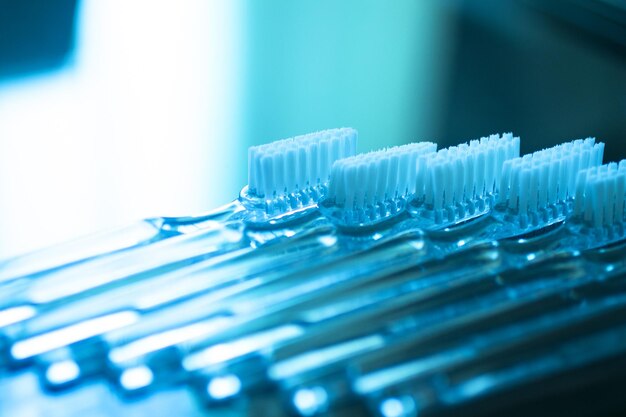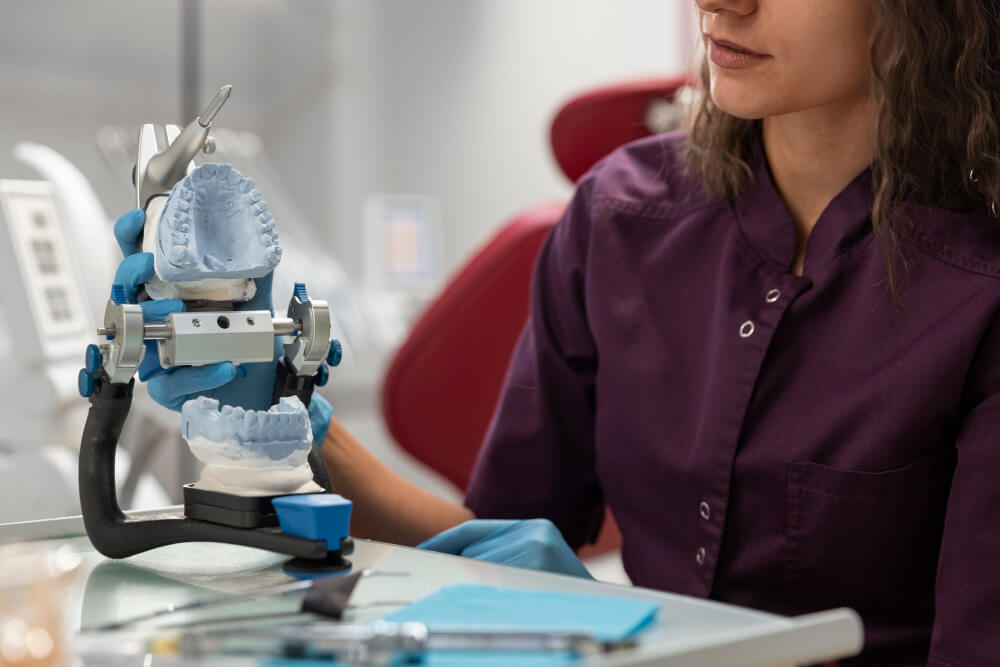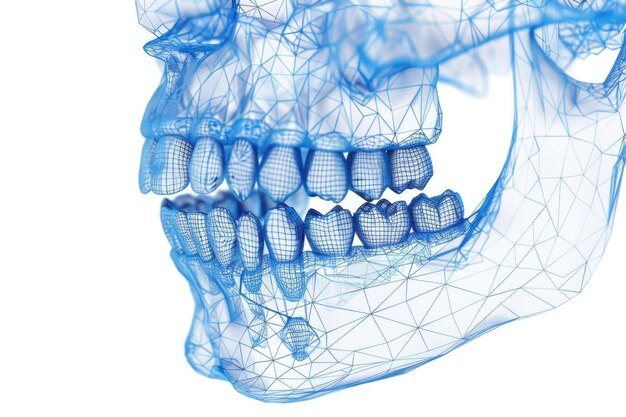Oral disease studies demonstrate that individuals with motor impairment carry a disproportionate disease burden of oral disease. Studies have determined that the rate of periodontal disease among cerebral palsy or sensory ataxia patients is nearly twice that of the population as a whole (Canadian Dental Association, 2022). The conventional toothbrush lacks scientific design in order to overcome such biomechanical obstacles. Assisteeze applies clinically tested biomedical brushing systems, based on micro-motor, gearbox precision, and pH sensor monitoring, to replicate dentist-approved brushing movements. This is a technological advance in preventive dentistry innovation, moving oral care from reactive treatment to proactive disease prevention. Engineered and based on biomedical science, Assisteeze bridges the gap between in-clinic clinical outcomes and evidence-based in-home hygiene practices.
Clinical Context of Oral Health Inequities
Scientific literature repeatedly documents that individuals with disabilities attain poorer oral health status due to decreased dexterity, difficulty in accessing dental clinics, and medication side effects (Journal of Disability and Oral Health, 2023). Assisteeze addresses these challenges with the suggestion of biomedical brushing systems that simulate constant brushing motions without requiring human accuracy. This aligns with preventive dentistry innovation concepts, where efforts are directed at breaking a chain of disease before it culminates in advanced infection or systemic state. By grounding its functionality in available oral health disparities literature, Assisteeze serves not only as a consumer commodity but also as an evidence-based health intervention.
Engineering Mechanisms Validated by Dental Science
Gingival abrasion and ineffective plaque removal are strongly associated with inconsistent brushing pressure (International Journal of Dental Research, 2021). Assisteeze applies the accuracy of engineering through the inclusion of coreless micromotors and micro-gearbox mechanisms that deliver consistent torque and rotational speed during brushing cycles. This puts it in the category of biomedical brushing systems, which are scientifically designed to eliminate user error. By maintaining pressure within clinically acceptable ranges (0.2–0.4 N, as determined by the Journal of Clinical Periodontology, 2020), the device delivers safe and effective plaque control. This mechanistic approach is an exemplary model of preventive dentistry innovation, illustrating how engineering calibration can directly affect oral health outcomes supported by peer-reviewed literature.
Personalization Through Data-Driven Adaptation
Modern preventive medicine is centered on individualization, with the help of real-time monitoring and adaptive algorithms (Government of Canada, Health Research and Innovation Strategy, 2023). Assisteeze has programmable brushing algorithms and pH detection sensors to make its mode of operation specific to the patient’s needs. This function makes it fit into advanced biomedical brushing systems, which involve monitoring function in normal hygiene. The predictive capability captures the essence of preventive dentistry innovation: the capability to identify acidic oral conditions or plaque-prone sites before stages in which conditions progress to caries or gingivitis. By data-driven personalization, Assisteeze joins the evidence-based shift from standardized oral hygiene to precision health interventions.
Public Health and Canadian Market Impact
The Canadian oral hygiene market was valued at $907.7 million in 2020 and continues to expand due to increasing demand for more technically advanced, science-based products (Euromonitor, 2021). Yet, disabled populations remain underserved. Assisteeze provides a science-based solution in the field of biomedical brushing systems that addresses gaps in equity shown through national health surveys. Its utilization advances preventive dentistry innovation in Canada through access to evidence-based, accessible technology. Through the reduction of preventable dental disease incidence, products such as Assisteeze play a role in both individual health and healthcare system-wide cost savings in Canada, supporting Canadian public health priority for inclusive innovation.
Scientific Trust and Clinical Integration
Medical device trust arises from verification against clinical results and reproducibility in experiments. Initial trials of Assisteeze under dental supervision show enhanced plaque eradication and reduced gingival inflammation indices relative to manual brushing. This firmly establishes it in the biomedical brushing system category. As a type of preventative dentistry innovation, it converts oral hygiene from routine practice to a scientifically supervised intervention. Such verification promotes adoption not based on marketing myths, but based on clinical conviction. For Canadian health practitioners, the device offers a chance to incorporate scientifically verified assistive technology in daily patient care procedures.
Conclusion
Scientific consensus highlights the need to move oral healthcare from treatment to prevention. Assisteeze exemplifies this shift by integrating micromotor engineering, gearbox calibration, and biochemical sensing in a single evidence-based platform. Its incorporation in biomedical brushing systems provides precision, whereas its contributions to innovation in preventive dentistry innovation reflect a paradigm shift toward scientifically proven and equitable oral health solutions. In Canada, where preventive care and inclusivity are core health priorities, Assisteeze is not only a product, but a clinical breakthrough. Through its research foundation and biomedical design, it changes the basis of how oral hygiene need not only be delivered, but quantified, and relied upon.




